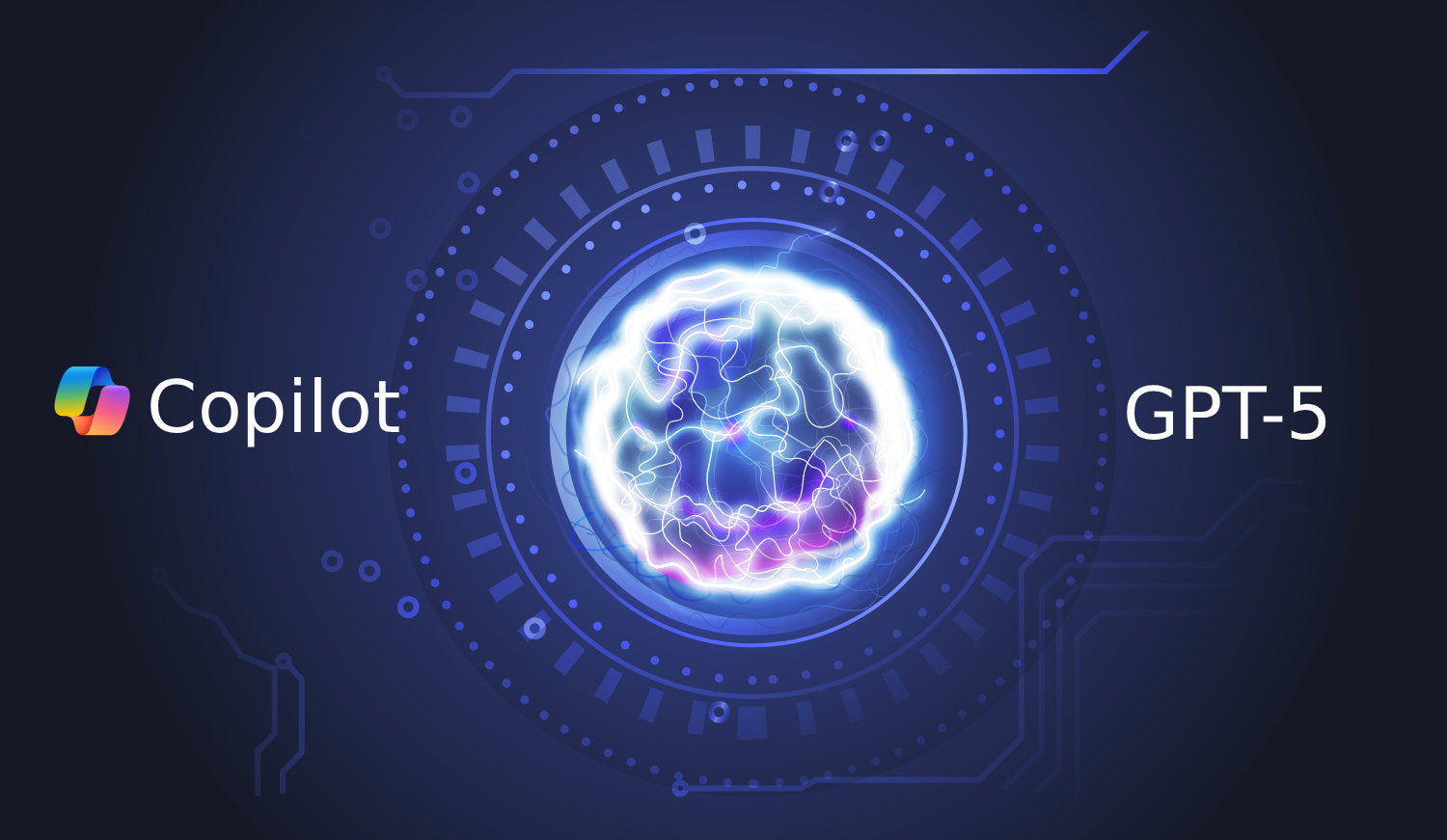Last week, Microsoft rolled out GPT-5 integration in Copilot. Imagine opening Excel or Word, clicking a button, and AI produces not just outputs, but context-aware insights, recommendations, and summaries, all in seconds. Exciting? Absolutely. But excitement brings questions: how do you adopt this without creating confusion or bottlenecks?
Copilot has long promised productivity gains, but adoption across organizations has been uneven. Many teams struggle with:
-
Knowing what tasks AI should handle versus what humans should manage.
-
Integrating AI outputs into existing workflows without disruption.
-
Turning AI outputs into measurable business impact, rather than just “cool” artifacts.
GPT-5 makes Copilot smarter than ever. It is faster, more context-aware, and capable of cross-application tasks. But AI capability alone does not solve adoption challenges.
For Microsoft clients, GPT-5 Copilot is not just a new feature, it is a platform for rethinking work:
-
Faster, smarter outputs: Teams spend less time on repetitive tasks and more on strategic decisions.
-
AI as a collaborator: Copilot drafts, summarizes, and analyzes while humans maintain oversight and add nuance.
-
First-mover advantage: Organizations that integrate Copilot effectively will unlock efficiency, consistency, and insight before competitors do.
Here is what sets this rollout apart. Mazik developed co-pilots and integrations at Microsoft’s request. Our team worked directly on workflows that now help GPT-5 Copilot operate across Microsoft 365. That means our experience is not theoretical, we know the system inside out, from design to deployment.
Specifically, Mazik has delivered:
-
Workflow architecture for AI co-pilots, ensuring outputs from Word, Excel, Teams, and Dynamics integrate seamlessly into business processes.
-
Human-AI collaboration design, teaching teams how to validate and act on AI suggestions to maximize efficiency and minimize errors.
-
Security, compliance, and governance frameworks, protecting sensitive data while making Copilot work across multiple enterprise applications.
Because of this hands-on development experience, we can show clients exactly how to leverage Copilot the way Microsoft intended while tailoring it to their own business needs. Pilot programs we have run show clients can reduce repetitive tasks by 30 to 50 percent, accelerate reporting cycles, and surface insights that previously required hours of manual analysis.
GPT-5 Copilot is live, and organizations face immediate questions: how to integrate safely, train teams, and generate real business value. Mazik’s direct experience developing co-pilots at Microsoft’s request positions us to guide clients through these challenges.
This is not a generic rollout. With the right approach, your teams can start seeing real benefits immediately.








